Transient Response
20% Load – 20ms
| Advanced Transient Response 20% - 50 Hz - No Caps | ||||
| Voltage | Before | After | Change | Pass/Fail |
| 12V | 12.112V | 11.999V | 0.93% | Pass |
| 5V | 5.099V | 4.993V | 2.08% | Pass |
| 3.3V | 3.330V | 3.191V | 4.18% | Pass |
| 5VSB | 5.106V | 5.064V | 0.82% | Pass |
50% Load -20ms
| Advanced Transient Response 50% - 50 Hz - No Caps | ||||
| Voltage | Before | After | Change | Pass/Fail |
| 12V | 12.095V | 11.991V | 0.86% | Pass |
| 5V | 5.089V | 4.976V | 2.23% | Pass |
| 3.3V | 3.318V | 3.171V | 4.42% | Pass |
| 5VSB | 5.063V | 5.009V | 1.07% | Pass |
The transient response is good at 12V, average at 5V, and mediocre at 3.3V.
Transient Response ATX v3.1 Tests
The PSU passes all ATX v3.1 transient response tests, but the 12V and 3.3V rails drop low.
The 12V rail’s performance is average in these tests.
Pages:
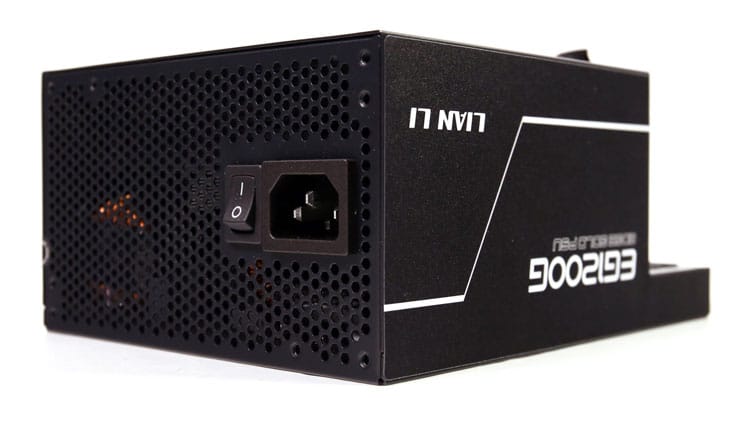
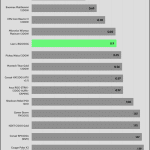
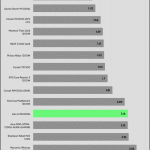
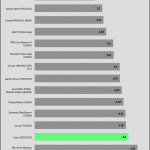
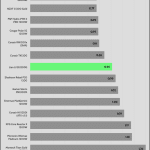
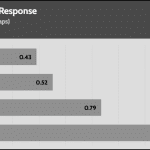
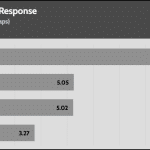
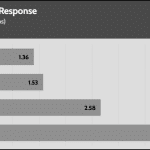
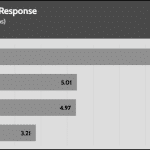
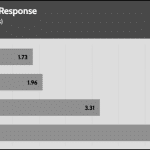
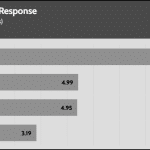
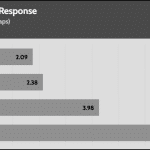
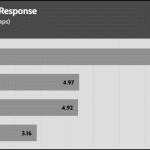
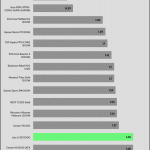
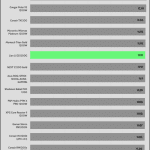
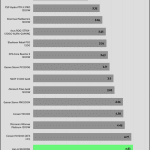
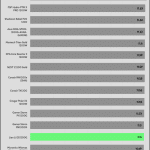
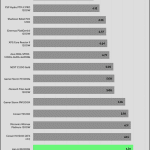
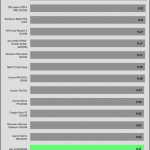
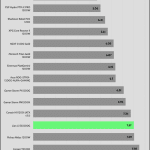
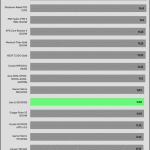
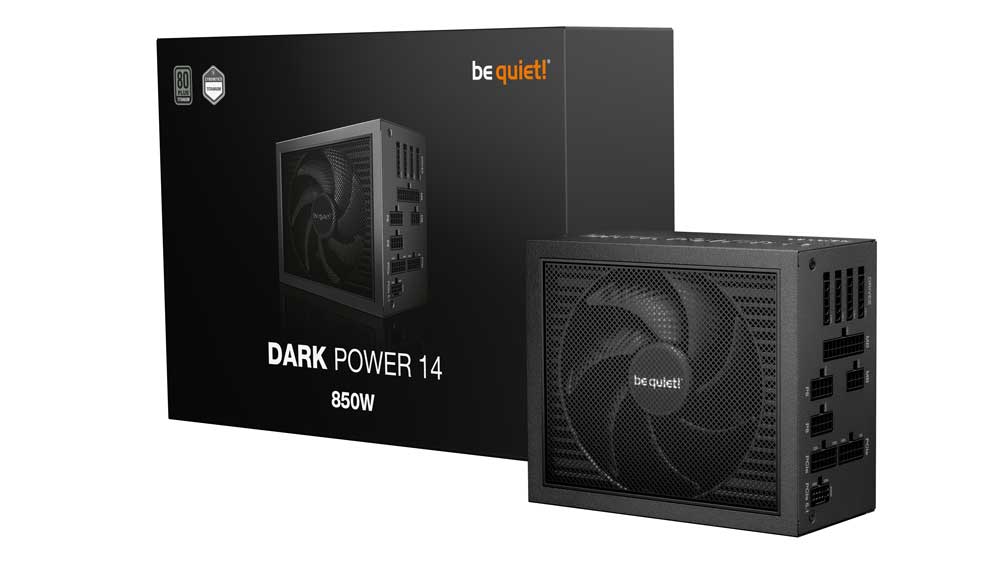

Just bought this one for a new build.
The fan has a weird initial ramp up noise (grinding/bearing noise), then it quiets down 4-5 seconds after. Not sure if you had this issue while testing it. It can be a bit annoying since it’s 0RPM so you hear that ramp up motor/grind noise reasonable often even on idle.
Here is a recording I did for reference which I posted on their Reddit page.
https://www.reddit.com/r/lianli/comments/1mgbxg2/lian_li_1200w_edge_gold_fan_spin_up_noise/
nope this doesn’t look (sound) normal. The fan probably hits something during start-up or at least this is what it sounds like.
Got a replacement from Lian Li. The noise is still there but a bit better and lasts a shorter time. No obstructions.
Its like an engine revv up noise for the first 3 seconds, then the noise goes away. Not sure if its just a bad fan curve going from zero to max rpm, or just a cheapo fan. Either way I might get something else with an Eco switch so i can just leave the fan on rather than getting ramp ups.
Did some more digging, it looks like the Hong Hua fans are in some Seasonics and a few others. Apparently it doesn’t have a good reputation and now I know why. I actually found some testing you guys (Cybernetics) did on one of their fans and it rated it fairly well, so maybe it was just a bad batch?
I’ve emailed their rep asking them to look at this internally.
Just opted for this unit in preference to the 1200w Shift, largely due to the better cable quality and slightly better performance metrics. The shift uses Gen 5 cable connections. No mention of cable connections is mentioned in any review I’ve seen can I assume that these are gen 4 cables.
Please note that Gen 4/5 cables refer to Corsair units. Unless you check, you should never mix cables between different brand PSUs, even between PSU models.
Have you had a chance to check whether the secondary capacitors are reliable yet?
Hi! We need to find them new I am afraid to test them. Still trying to locate a good source to find Chinese caps (new)
Are there any better PSUs that include white sleeved cables?
Do we still need to concern about capacitor these days? Especially the japanese one? I read that Nippon-ChemiCon are now produced with Chinese Manufacture like ChengX that now make Rubycon and Nippon-ChemiCon. Does that mean they all now have the same quality?
Chemi-Con uses its own facilities in China, which are up to its standards.
Does Chemicon delegate production to a Chinese company that is not owned by them?
don’t have a clue about this. Will need to check it next time I am in China.
i;m sorry Aris it’s looks like Beryl BC polymer rather than APAQ
thank you, you are right.